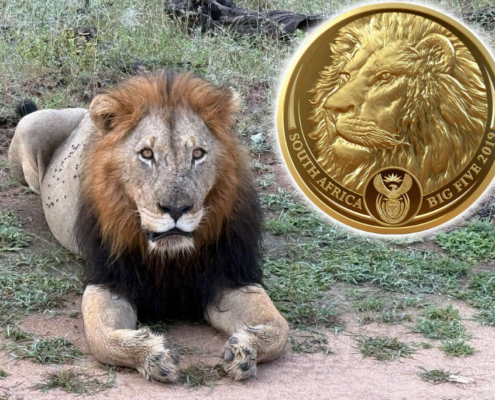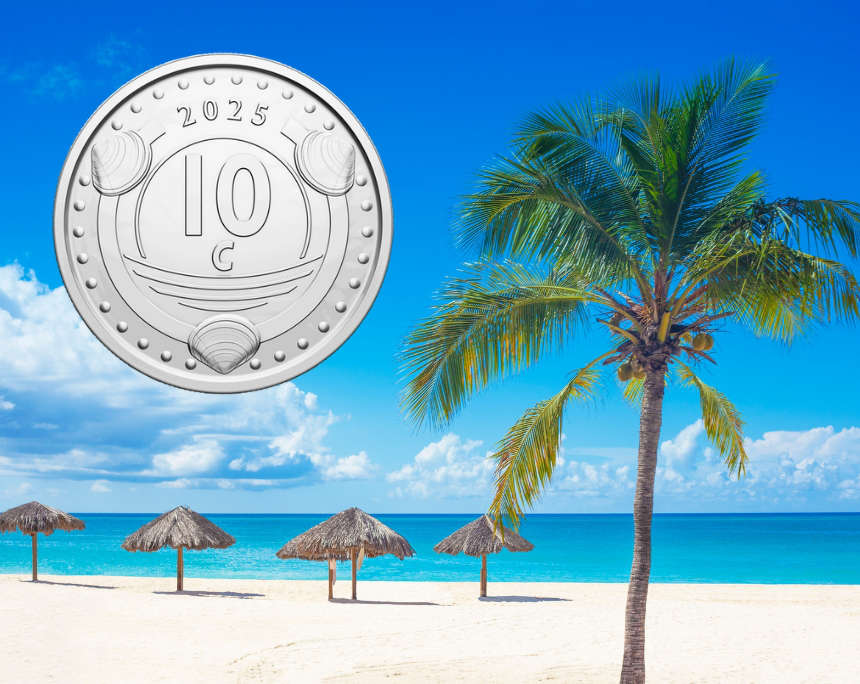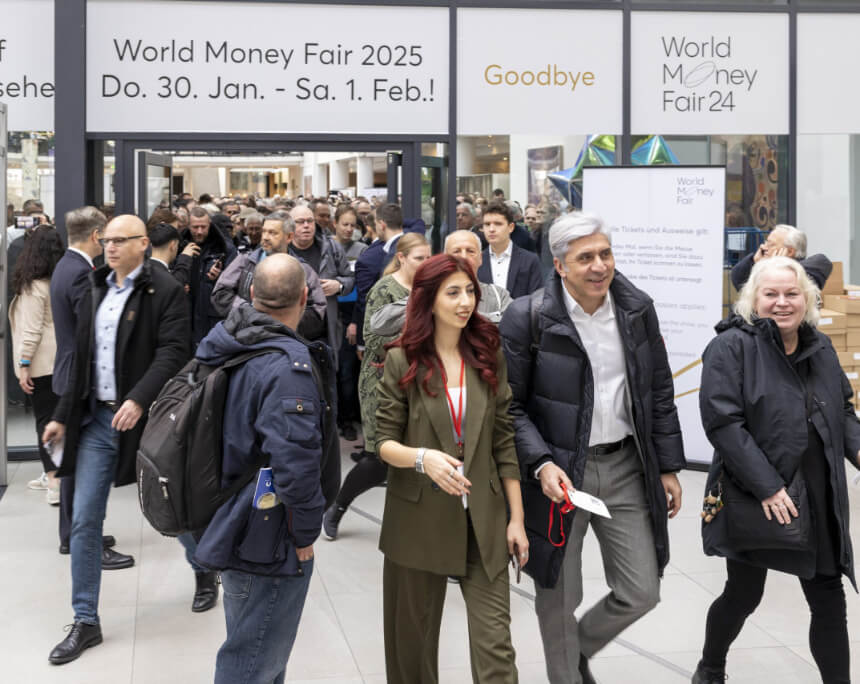1/2 Reichstaler 1621,
under Wilhelm V of Hesse-Kassel as administrator.
Condition: ef+


city of Besançon,
3 Pistols 1666 with title Charles V.
Condition: CH UNC

Bavaria, Chaise d'or (imperial shield)
1328-1347 under Emperor Louis IV.
Condition: ef

Reichstaler 1654-1668
under Count Guidobald von Thun.
Condition: vf-ef

Solidus (491-518)
under Anastasius the righteous.
Condition: vf-ef

Archive: People and Markets
A New Era for the Caribbean: The Caribbean Guilder is Coming
In March 2025, a new currency will be introduced – the Caribbean Guilder. Collectors can look forward to intricately designed coins and banknotes that highlight the cultural and maritime identity of the islands of Curaçao and Sint Maarten.
World Money Fair 2024: Thousands of Numismatics Enthusiasts at the World’s Largest Coin Fair
Once a year, the vast and diverse coin world comes together for a kind of oversized family reunion: the World Money Fair. Due to the new organization, many things were different, but others felt comfortably familiar. We were also present in Berlin again, this time even with our own booth.
Archive: Coins, Medals and more

In Search of the Big Five
The Big Five – they are the stars on South Africa's commemorative coins. We visit the elephant, lion, rhino, buffalo, and leopard in their most famous reserve, the Kruger National Park. Let's see how many of the iconic five we can capture (with the camera).

Royal Gold: England’s Five Guineas and the English Gold Currency
On 10 December 2024, Numismatica Genevensis will offer the most complete run of English Five Guineas ever sold at auction. The pieces are considered to be the most beautiful and the heaviest English circulation issues in gold. They were struck from 1668 to 1777, during the period when England replaced its bimetallism with the gold currency. Read on to find out more.















Coin Dealer Italo Vecchi Charged with Grand Larceny
Coin dealer Italo Vecchi has been indicted in Manhattan for first-degree grand larceny as well as other felonies. The charges are related to the trial against Richard Beale and the forged provenance of what used to be the world’s most expensive ancient coin.
NGC and PMG at the New Numismatic Event in Madrid
Representatives of NGC and PMG will accept submissions, answer questions and provide information about the companies’ services at the new Evento Numismático Internacional Madrid.